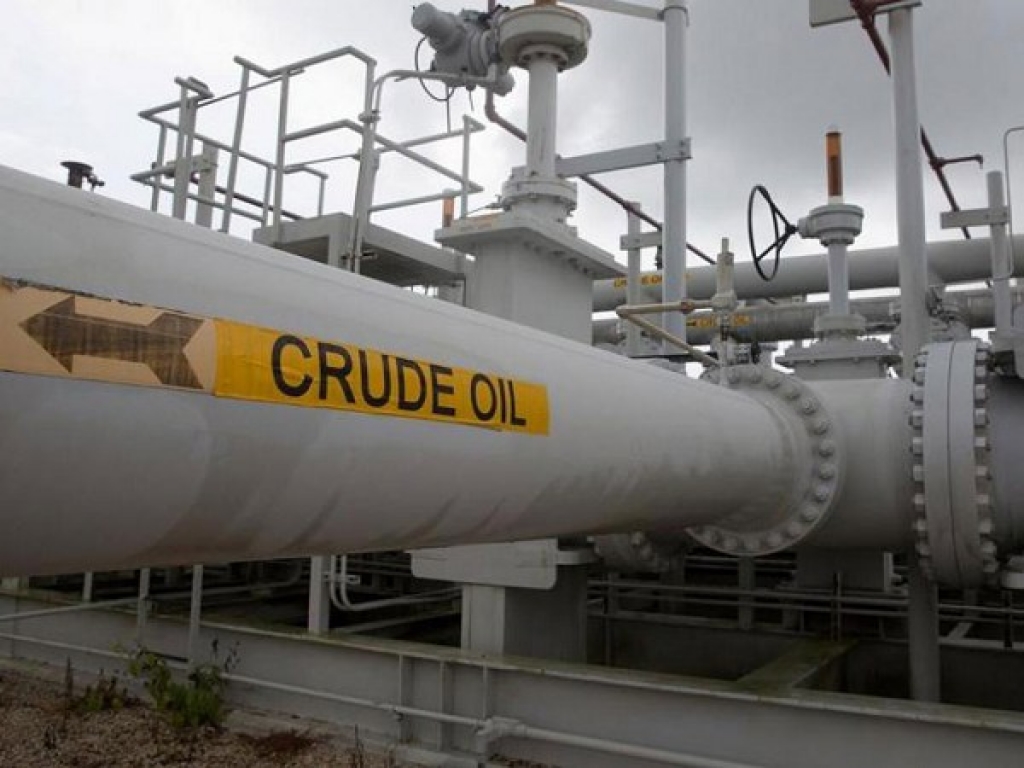 NEW YORK: Oil prices fell to their lowest since the third quarter of 2017 on Friday, heading for losses of nearly 11 percent in a week, as global oversupply kept buyers away from the market ahead of holidays over the next two weeks.
NEW YORK: Oil prices fell to their lowest since the third quarter of 2017 on Friday, heading for losses of nearly 11 percent in a week, as global oversupply kept buyers away from the market ahead of holidays over the next two weeks.
Crude has lost ground along with major equity markets as investors fret about the strength of the global economy heading into next year. The prospect of a possible government shutdown in the United States, the world's biggest oil consumer, added to investors' worries.
Oil markets have pulled back amid concerns about oversupply, despite planned production cuts from the Organization of the Petroleum Exporting Countries.
"OPEC folks are not doing a good job of convincing the international oil community that they are going to be a strong advocate of their supply cut program," said Bob Yawger, director of futures at Mizuho in New York.
Falls were exaggerated by thin trade and risk aversion ahead of the Christmas and New Year holidays, traders said.
Brent crude fell 35 cents a barrel to $54.00 by 11:56 EDT (1656 GMT) after earlier touching $52.79 a barrel, its weakest since September 2017.
US light crude oil was flat at $45.88 a barrel, after earlier touching a session low of $45.13 a barrel.
Both contracts are on track to fall 10.4 percent in the week. Since reaching multi-year highs at the beginning of October, both crude oil benchmarks have lost more than a third of their value in their steepest collapse for three years.
The big oil producers in OPEC, dominated by Middle East Gulf states which mostly rely on energy exports, have agreed to reduce production to try to push up prices.
But those output cuts - a reduction with Russia and other non-OPEC producers of 1.2 million bpd - do not kick in until next month, and meanwhile global inventories are filling up fast.
"The bear fest continues," said Stephen Brennock, analyst at London brokerage PVM Oil.
"According to OPEC's own forecasts, global oil stocks will build by 500,000 bpd in the first half of 2019. This will compound a glut in OECD commercial oil stocks."
In an effort to show its commitment to reducing supply, OPEC will release a table detailing output cut quotas for its members and allies such as Russia, OPEC Secretary General Mohammad Barkindo said in a letter reviewed by Reuters.
To reach the proposed cut of 1.2 million bpd, the effective reduction for member countries was 3.02 percent, Barkindo said.
That is higher than the initially discussed cuts of 2.5 percent as OPEC seeks to accommodate Iran, Libya and Venezuela, which are exempt from any requirement to cut.
Driving the sell-off has been sustained oversupply as the United States has emerged as the world's biggest crude producer thanks to the success of its shale industry.
The United States now pumps 11.6 million barrels per day (bpd) of crude, putting it ahead of Saudi Arabia and Russia.






















Comments
Comments are closed.